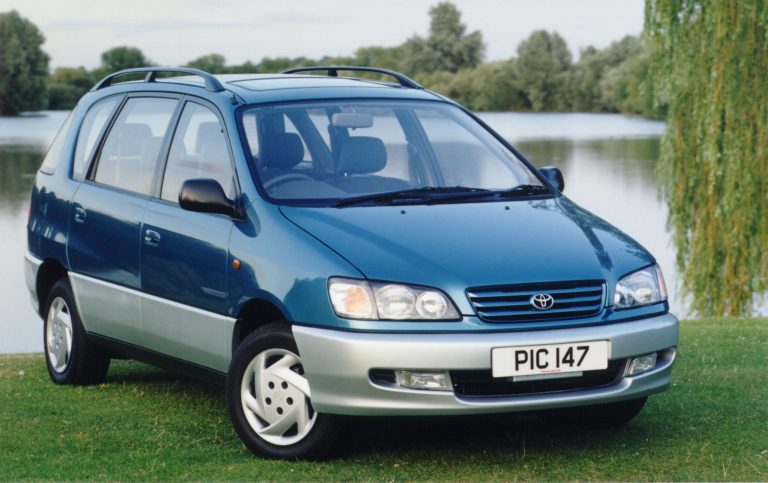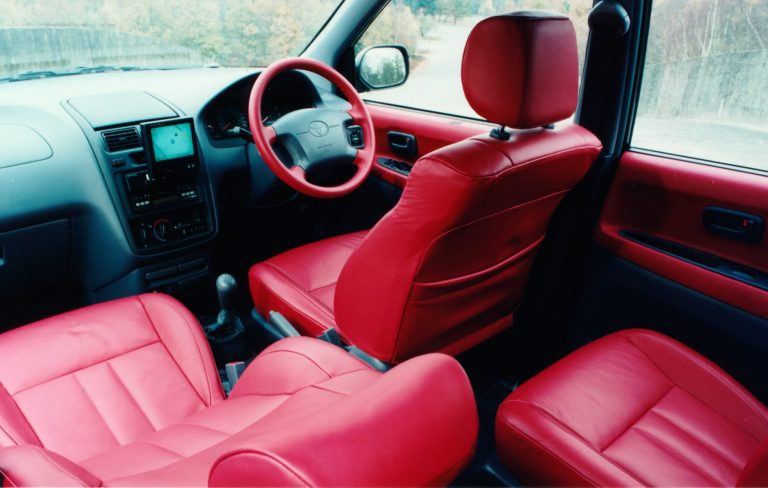Toyota Picnic Earns Top Rating in Euro NCAP Safety Tests
Toyota’s popular Picnic MPV has earned top marks in safety tests performed under the European New Car Assessment Programme (Euro NCAP). Picnic received a 4-star rating – equal to the highest rating awarded to date.
The Euro NCAP, which is supported by the European Commission and a number of EU state governments and important motoring organisations, involves assessment criteria which are significantly more stringent than those called for in current European legislation. The scoring system represents a combination of the figures achieved in a severe frontal impact and a side impact, with a separate score awarded according to the results of a pedestrian impact.
Despite Euro NCAP’s tough standards, the Picnic performed very well within the Multi-Purpose Vehicle segment, earning a four-star rating. Euro NCAP called the Toyota Picnic ‘one of the best in a serious crash’. In the frontal collision test, the cabin suffered little damage, as the vehicle’s front body absorbed most of the energy from the offset impact. Also, all four doors remained closed during the test, but could easily be opened afterwards. In the side-impact test, the Picnic performed equally well in protecting the driver, demonstrating the strength of the car’s passenger compartment.
Akira Imai, President and Chief Executive Officer of Toyota Motor Europe Marketing & Engineering, said: “We are gratified by Picnic’s four-star Euro NCAP rating. This, and the 4-star rating achieved by the Camry, highlight Toyota’s commitment to safety. We are pursuing the world’s top level of passive safety in each class. All of our vehicles have to pass strict internal testing. And now, external tests – like Euro NCAP – are validating Toyota’s accomplishments.”
The results reflect Toyota’s progressive passive safety policy. This policy is based on three key principles: designing structural ‘crumple zones’ that absorb the energy of a collision; maintaining survival space by preserving the structural integrity of the cabin; and restraining the occupants effectively without imposing excessive loads on any part of the body.
Toyota engineers base their strict safety codes on a comprehensive internal database containing exhaustive analysis of real-life traffic accidents in Japan, Europe and the United States.
Also essential to the development of passive safety technology are Toyota’s advanced computer-aided engineering (CAE) systems. These computers help Toyota engineers simulate and analyse any type of crash. In the later stages of design though, Toyota conducts full-scale crash tests on over one thousand vehicles per year.
“At Toyota, safety is an ongoing process. There is no finish line. We are continually working to make safer cars for our customers in all categories,” said Toyota Motor Europe’s Mr. Imai.
ENDS
Note To Editors: Besides the European Commission, the Euro NCAP partners comprise the Dutch Ministry of Transport, the U.K. Department of the Environment, Transport and the Regions, the Swedish National Road Administration, ADAC, the Fédération Internationale de l’Automobile, the Alliance Internationale de Tourisme and International Consumer Research and Testing.



